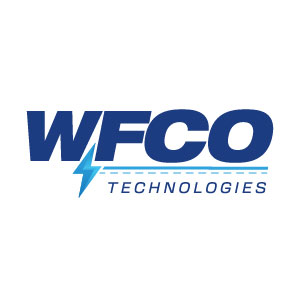yantruocmot
New Member
- Joined
- Feb 12, 2022
- Messages
- 21
I am planning out an inverter install and solar expansion in our RV/Travel Trailer and have some questions and need help from those with more experience.
To give some high-level details on the plan. I have a 2000w Xantrex Freedom X inverter. Planning to install a hardwire Huges Watchdog suppressor that will then output to the inverter. The inverter will then connect to the power center and its built-in auto transfer switch will be used to switch between shore and inverter modes. It will also connect to a Victron Lync bus bar that will connect up all 12v items including the batteries, solar and 12v back to the power center.
I have the general layout and wiring sorted however wondering about some things and don't want to accidently fry some expensive hardware or wires.
Questions:
1. Shore power and battery charging, the freedom x does NOT have a charger so I was planning on using the lithium compatible power centers charger. When I know when running in inverter mode I need to shut the charger breaker. But when connected to shore power since this connects on the 12v side will there be any chance of weird surges or "looping" of the electricity that can cause anything to fry? if so how is this stopped?
2. I am planning to mount everything on the ceiling of my passthrough. The invert instructions say this is ok. I am putting them on a 3/4 thick plywood so that they will have more to grip onto. Should I leave this wood uncovered or is it ok to either paint or cover it with something? I assume thin carpet is not good as I think fire danger (even higher than just plain wood). What is the best material for this?
3. Any other electrical "loop back" gotch-ya's to be looking for? I already have breakers for the solar panels, and battery switch and 250amp T-fuse etc. and using Victron Lync bus bar. I can even add mega fuses in the Lync if that might help with anything.
Thanks ahead of time for the input/help! I just want to make sure I dont burn down or anything up!
To give some high-level details on the plan. I have a 2000w Xantrex Freedom X inverter. Planning to install a hardwire Huges Watchdog suppressor that will then output to the inverter. The inverter will then connect to the power center and its built-in auto transfer switch will be used to switch between shore and inverter modes. It will also connect to a Victron Lync bus bar that will connect up all 12v items including the batteries, solar and 12v back to the power center.
I have the general layout and wiring sorted however wondering about some things and don't want to accidently fry some expensive hardware or wires.
Questions:
1. Shore power and battery charging, the freedom x does NOT have a charger so I was planning on using the lithium compatible power centers charger. When I know when running in inverter mode I need to shut the charger breaker. But when connected to shore power since this connects on the 12v side will there be any chance of weird surges or "looping" of the electricity that can cause anything to fry? if so how is this stopped?
2. I am planning to mount everything on the ceiling of my passthrough. The invert instructions say this is ok. I am putting them on a 3/4 thick plywood so that they will have more to grip onto. Should I leave this wood uncovered or is it ok to either paint or cover it with something? I assume thin carpet is not good as I think fire danger (even higher than just plain wood). What is the best material for this?
3. Any other electrical "loop back" gotch-ya's to be looking for? I already have breakers for the solar panels, and battery switch and 250amp T-fuse etc. and using Victron Lync bus bar. I can even add mega fuses in the Lync if that might help with anything.
Thanks ahead of time for the input/help! I just want to make sure I dont burn down or anything up!






